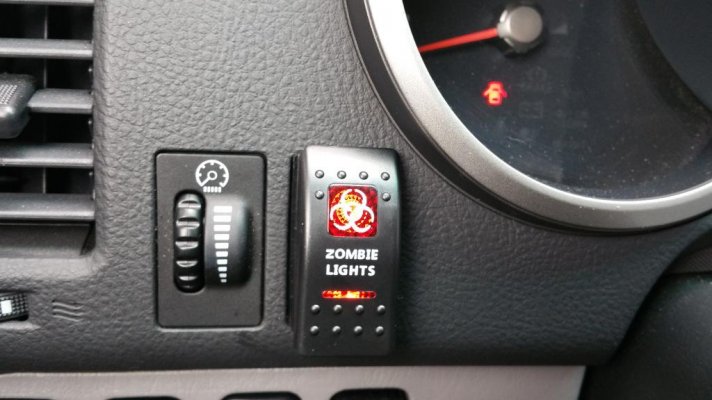Jeff in AK
New member
- Joined
- Oct 24, 2015
- Posts
- 2
Can I recharge (not just maintain) my trailer battery off the tow vehicle's existing system or will I need to install something like a DC input battery charger?
Hello RV forum people,
I have been reading all the posts that I can concerning using the tow vehicle to charge the trailer battery and the more responses I read the more confused I get (story of my life?). The advice ranges from using a simple cigarette lighter adapter to a needing a second alternator just for charging the trailer batteries. My question goes for the two different situations I face:
1.) Coming from the backpacking world, I have never camped with electricity and now that I'm designing a teardrop camper I'm going to install a 12V system so I can cook dinner without using my flashlight and pump water from a storage tank to do the dishes. I assume these are fairly low draws on the trailer battery. I usually just overnight in a spot and then move on the next day but most of these at locations don't have 'shore power'. Here in Alaska there are many pulloffs along the road where you're welcome to stay (no water, no power, just a beautiful spot).
2.) I have a 12V ATV sprayer from Northern Tools that draws 17 amps. The Duracell Ultra Marine/RV Deep cycle battery that powers it is rated at 150 mins at 23 Amps. I do an hour-long spray job at one location and then load the machine onto a trailer and haul it 30 minutes to the next site and then do another hour-long job etc. as long as I can. I start the day with a full charge (using my shop battery charger) and then run till I'm low on 'juice'. I'd really like to bump up my charge while the unit is being transported from site to site to allow me to get more jobs done in a day.
I have a 2011 F-150 with a tow package. It currently has a flat four trailer connector for the trailer lights so either way I see some tow vehicle rewiring in my future. None of the trailers I use need trailer brakes so I'll probably keep the flat four connector and run the future trailer charging system through a separate 8 gauge wiring harness.
So, do you think I can operate off the truck's existing system or will I need to install something like a DC input battery charger to recharge (not just maintain) my trailer (or sprayer) battery?
Thanks in advance, Jeff
Hello RV forum people,
I have been reading all the posts that I can concerning using the tow vehicle to charge the trailer battery and the more responses I read the more confused I get (story of my life?). The advice ranges from using a simple cigarette lighter adapter to a needing a second alternator just for charging the trailer batteries. My question goes for the two different situations I face:
1.) Coming from the backpacking world, I have never camped with electricity and now that I'm designing a teardrop camper I'm going to install a 12V system so I can cook dinner without using my flashlight and pump water from a storage tank to do the dishes. I assume these are fairly low draws on the trailer battery. I usually just overnight in a spot and then move on the next day but most of these at locations don't have 'shore power'. Here in Alaska there are many pulloffs along the road where you're welcome to stay (no water, no power, just a beautiful spot).
2.) I have a 12V ATV sprayer from Northern Tools that draws 17 amps. The Duracell Ultra Marine/RV Deep cycle battery that powers it is rated at 150 mins at 23 Amps. I do an hour-long spray job at one location and then load the machine onto a trailer and haul it 30 minutes to the next site and then do another hour-long job etc. as long as I can. I start the day with a full charge (using my shop battery charger) and then run till I'm low on 'juice'. I'd really like to bump up my charge while the unit is being transported from site to site to allow me to get more jobs done in a day.
I have a 2011 F-150 with a tow package. It currently has a flat four trailer connector for the trailer lights so either way I see some tow vehicle rewiring in my future. None of the trailers I use need trailer brakes so I'll probably keep the flat four connector and run the future trailer charging system through a separate 8 gauge wiring harness.
So, do you think I can operate off the truck's existing system or will I need to install something like a DC input battery charger to recharge (not just maintain) my trailer (or sprayer) battery?
Thanks in advance, Jeff

